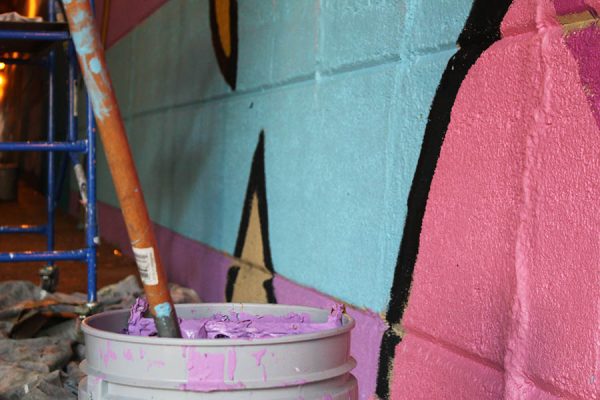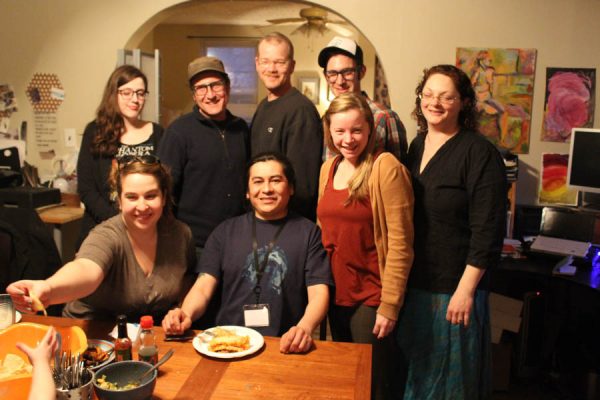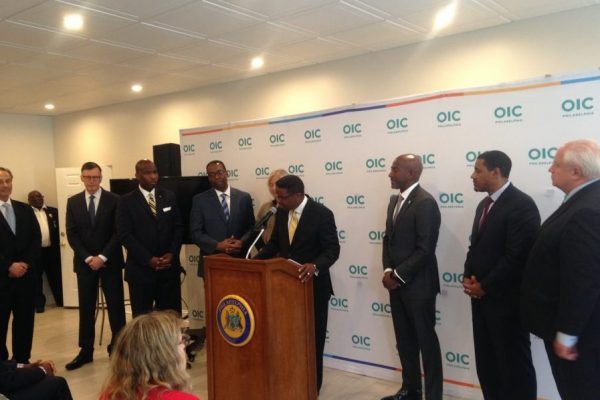Temple Health’s Block-By-Block Initiative Striving to Improve Community Health in North Philly
For many universities situated in inner cities, research studies are a means of strengthening its struggling relationships with neighboring communities via its donor networks.
Temple University, an “urban institution” annually receiving millions in research funding, unveiled a community-based research initiative in August 2015 that now exceeds 1,000 participants.
Temple Health: Block-By-Block (THB3) is a research endeavor carried out by the Temple Clinical Research Institute (TCRI) within Temple’s School of Medicine. THB3, now in its second year, aims to improve the health of North Philadelphia neighborhoods by collecting health information and making referrals to relevant sites, buffing up Temple’s research portfolio.
Susan Fisher, the principal investigator of THB3 and director of TCRI, said the project collects information to attract funding for future research aimed at improving community health.
“The goal is to be an incentive to show that we do care about people and we want to take steps to help,” Fisher explained.
Households participating in the project receive home visits every six months and are sequentially surveyed on demographics, health conditions, risks for cancer and heart disease. Surveys are turned over the School of Medicine’s database.
Two teams of field research specialists venture door-to-door, three to four days a week, in Brewerytown, Port Richmond, Strawberry Mansion and other neighborhoods ranging in varying proximities to Temple.
Amie Devlin, the project’s research program manager, said THB3 partook in over 25 different community events, like Girard College’s MLK Day of Service and neighborhood block parties. Nevertheless, she said field teams knocked on over 6,000 doors and subsequently interviewed over 1,160 participants.
“Instead of putting a flyer up and asking the community to be on our terms, we go to where they are and they get to be involved,” said Devlin.
THB3 released its One Year Update this August, with hundreds of participants reporting serious health conditions like weight struggles, high blood pressure, arthritis, addiction, mental health issues, and diabetes.
Whether THB3 will actually have an effect on the health of those communities remains to be seen. A 2003 study in the American Journal of Public Health claims that many community-based approaches over the last 20 years have resulted in low population-level effects.
According to “Reconsidering Community-Based Health Promotion: Promise, Performance, and Potential”, evidence suggests that limited impact results from sampling issues, short project durations, lack of community involvement and community values incorporated into programs, and insufficient reach across communities to reflect population changes.
The report also mentions that all 32 initiatives studied used interventions targeting individual behaviors and neighborhood norms, rather than policy changes that have wider impacts.
How THB3 ranks against the study’s findings will depend upon the evolution of the project.
Research evaluators recommend at least 10 communities per study. The most effective projects lasted between 5 and 7 years and reached maximum participation rates of 60 percent. THB3 operates within 11 different zip codes and boasts a 33 percent participation rate in its second year, hoping to remain a Temple fixture.
However THB3 field teams do not reflect the demographics of the aforementioned zip codes. Fisher asserted that she “raises questions as to the importance of race,” even though most researchers argue that research teams should represent target populations.
Public policy is also absent from THB3’s agenda, which emphasizes individualized educational interventions and data collection to allure funding for a community-level intervention project, such as a fitness program.
“Once we show that the community is willing to participate in an intervention program, then we can work with the city,” said Fisher.
“It’s too soon, but public policy is definitely the direction we want to go.” •
THANKS FOR SUPPORTING SPIRIT NEWS!
Please follow this link to visit Amazon.com through our affiliate portal. It’s the same Amazon.com you know and love, but when you shop through this link we receive a small cut at no added cost to you!
By using this link to do your normal Amazon.com shopping, you’ll be supporting your local newspaper.
Try Amazon Prime 30-Day Free Trial






